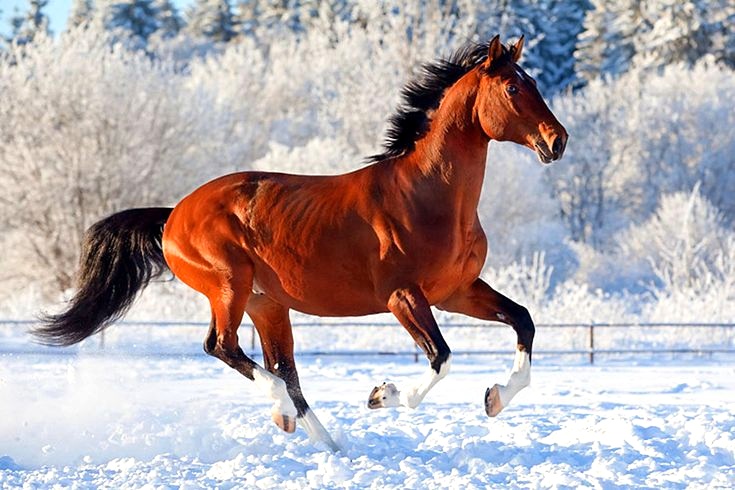Horse racing is an exciting and thrilling sport that has been around for centuries. It has a unique language and set of terms and phrases that many fans of the sport use to discuss the action and make predictions. One of the most common terms used in horse racing is “AW” which stands for “all-weather”. This article will explain what AW means in horse racing and why it is important.
What Does AW Mean in Horse Racing?
AW stands for “all-weather” and is used to describe a horse race that takes place on a track that is suitable for racing in all conditions. This means that the track surface is designed to be safe and suitable for racing in both wet and dry weather. AW tracks are usually made from a combination of sand, all-weather wax, and a synthetic material such as Polytrack.
The Advantages of AW Tracks
There are many advantages to racing on an AW track. The most obvious advantage is that the track is designed to be safe and suitable for racing in all conditions, meaning there is less risk of injury to the horses or jockeys. This is especially important during the winter months when weather can be unpredictable.
AW tracks also provide a more consistent racing surface. This means that the conditions of the track are the same for all competitors, regardless of where they are racing. This makes it easier for trainers and jockeys to plan their strategy and gives all horses a fair opportunity to perform at their best.
The Disadvantages of AW Tracks
Despite the many advantages of racing on an AW track, there are also some potential drawbacks. Firstly, the cost of maintaining an AW track is often higher than for other types of track surfaces. This is because the synthetic material used to make an AW track requires regular maintenance in order to remain safe and suitable for racing.
Another potential disadvantage of racing on an AW track is that it can be difficult for horses to get a good foothold and gain speed. This is because the surface is not as grippy as other surfaces such as dirt and turf.
Finally, some AW tracks can be quite hard and this can cause horses to become sore. This is why trainers and jockeys need to be aware of the condition of the track before racing and adjust their strategy accordingly.
Conclusion
In conclusion, AW stands for “all-weather” and is used to describe a horse race that takes place on a track that is suitable for racing in all conditions. AW tracks provide many advantages including a more consistent racing surface and less risk of injury to the horses or jockeys. However, there are also some potential drawbacks such as higher maintenance costs and a lack of grip for horses to gain speed. It is important for trainers and jockeys to be aware of these factors and take them into consideration when preparing for a race.

